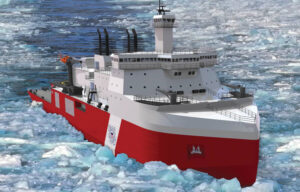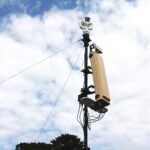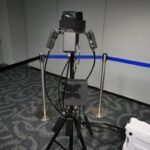
The White House on Monday released a plan to guide execution of the Biden administration’s year-old strategy for the Arctic region, setting forth multiple strategic objectives to invest in for the U.S. to meet its vision for security, environmental, economic development, and governance. Under the security pillar of the Implementation Plan for the National Strategy for the Arctic Region (NSARIP) are dozens of activities to be done within the three strategic objectives of domain awareness, the need for presence, and…

 By
By 











